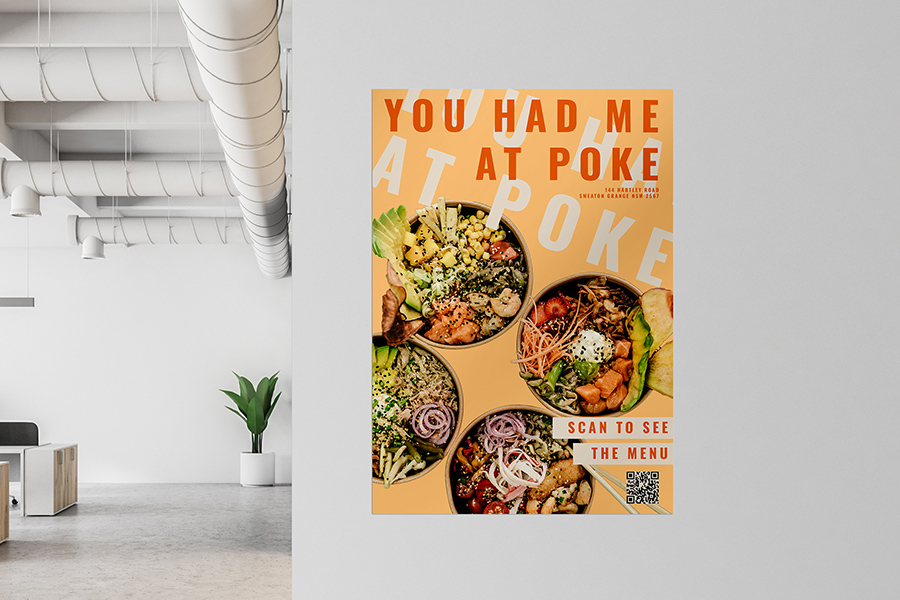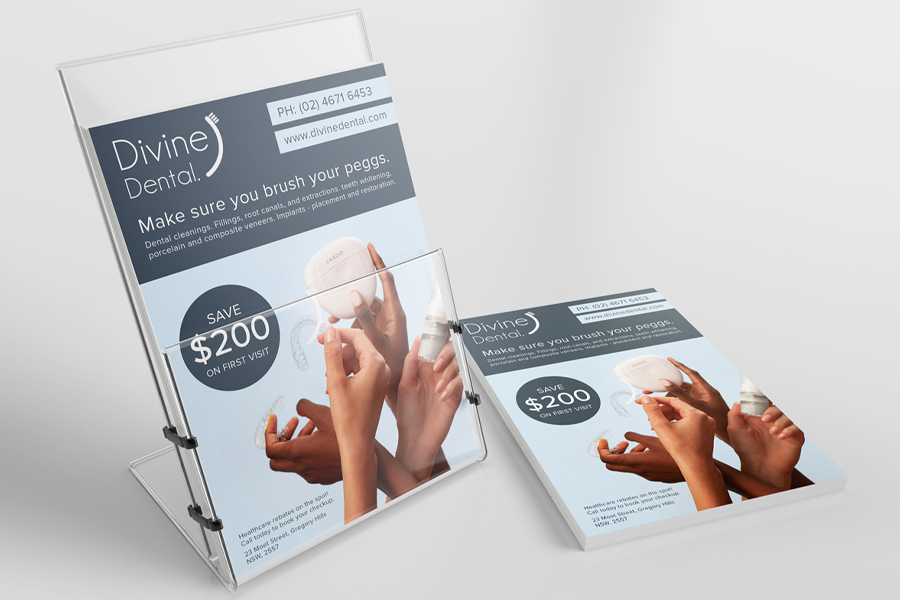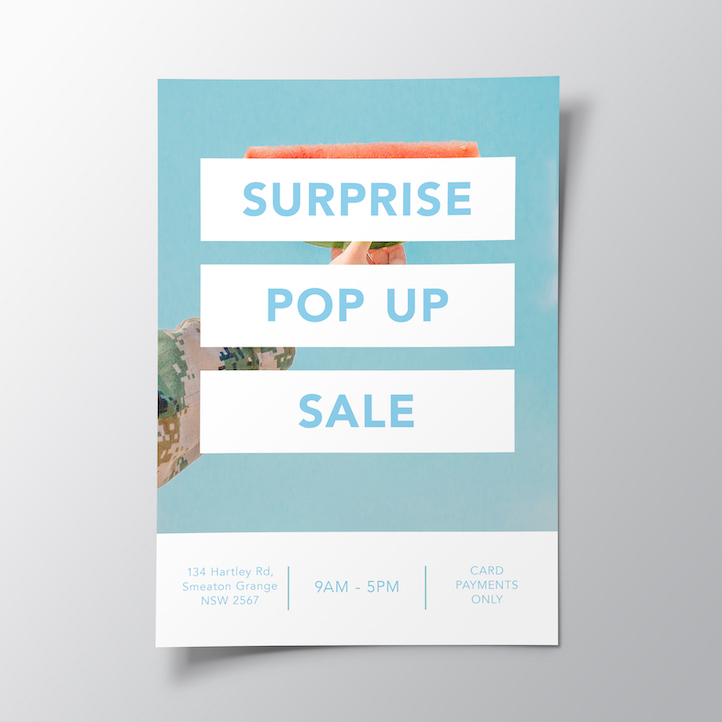Posters are a simple, yet powerful marketing tool. You can find them just about anywhere—from walls along the streets to shop fronts, and even at events.
When designed well, the key advantage of posters is that they can catch your eye and convey a message quickly. Over time, posters have changed in how they look and what they’re used for, but they are still an effective advertising solution for gaining people’s attention.
To make the most out of your posters, it’s important to understand the different poster types available and the most suitable uses for each. This ensures you’re on your way to boosting your branding visibility and communicating your message to as many potential customers and clients as possible.

Understanding Standard Poster Sizes in Australia
The most common poster sizes are A0, A1, A2, A3 and A4. These sizes are standardised across the world, so no matter where you are, an A0 poster will have the same dimensions.
- A0 posters (841mm × 1189mm) : Very large and used when you need to grab attention from far away. They’re great for big events, public announcements, or advertising in busy places, like shopping centres or train stations.
- A1 posters (594mm × 841mm) : Slightly smaller but still big enough to stand out. People often use them for promoting concerts, markets, or community events. They’re also common in schools and workplaces.
- A2 posters (420mm × 594mm) : These work well indoors where space is tighter. They’re used for art prints, classroom displays, or café menus. They’re easy to read from a short distance.
- A3 posters (297mm × 420mm) : Good for notice boards, office walls, or smaller promotions. They’re often used in schools, libraries, or shop windows. You can also print them on most office printers.
If you are after a smaller paper poster than A3 sizing, please hop on over to our Flyer page and order a 200gsm Matte or Gloss Paper poster instead – you’ll be happy with the cost savings!

How to Choose the Right Poster Type
Here are a few things to consider when picking out the right poster type for yourself :
- Define your objectives : Are you promoting an event, launching a new product, or advertising a new business?
- Understand your audience : Consider your customer base and choose a poster size that will capture their attention effectively.
- Determine your budget : Be clear on what you can spend. Larger posters typically come with higher costs.
- Assess the location : Choose a size that’s suitable for the physical space where the poster will be displayed.
When choosing the right poster type for your needs, it’s important to consider the material as much as the message. We offer two primary options: Yupo Synthetic Paper and 200gsm Poster Paper.
Yupo Synthetic is a durable, water-resistant material that performs well in both indoor and outdoor settings. Its resilience to the elements makes it ideal for high-traffic or weather-exposed areas, such as community noticeboards or outdoor events.
In contrast, Paper Posters are best suited for indoor use. They provide a cost-effective solution for short-term promotions, indoor signage, or retail displays where exposure to moisture or harsh conditions isn’t a concern. While more economical, they still deliver strong visual impact when used in appropriate environments.
Choosing between these options comes down to the intended location and longevity of your poster. If you need versatility and durability, Yupo is the way to go. For budget-conscious indoor campaigns, 200gsm paper offers excellent value.

Tips For Designing Effective Posters
Creating a powerful, brand-informed poster design that’ll draw the eye is easy, by using the following suggestions :
- Keep your poster clear and concise : Use a strong headline and stick to key information only. Make sure your message is easy to understand at a glance.
- Use eye-catching visuals : Choose high-quality images or graphics that support your message. Visuals should attract attention and reflect your brand or purpose.
- Prioritise readability : Use large, legible fonts. Ensure good contrast between text and background colours.
- Focus on hierarchy : Highlight the most important information, like dates or calls-to-action. Use size, bolding, or colour to guide the viewer’s eye.
- Stick to a clean layout : Avoid clutter. Keep text and images aligned for a tidy, professional look.
- Include a clear call-to-action : Let people know what to do next (e.g. visit a website, attend, book, scan a QR code).
- Match the design to the location : Consider where the poster will be displayed and tailor the design accordingly.
Ready to Print Your Perfect Poster?
No matter what size or style you’re after, Easy Signs makes it simple to bring your poster ideas to life. From high-impact A0 prints to smaller A3 flyers, we offer fast turnaround times and top-quality printing to suit any budget or setting.
Did you know you could use our easy online poster design tool to create your very own print-ready poster for free? Choose from professionally designed templates, access over 1,000,000 high-res images, and customise everything to suit your needs. You’ll get to proof your artwork before placing your order, so it’s ready to hit production without delay.
Start your poster order today and make your message stand out exactly where it counts!






 $19
inc GST
delivery on most products**
$19
inc GST
delivery on most products**
 24hr production*
24hr production*